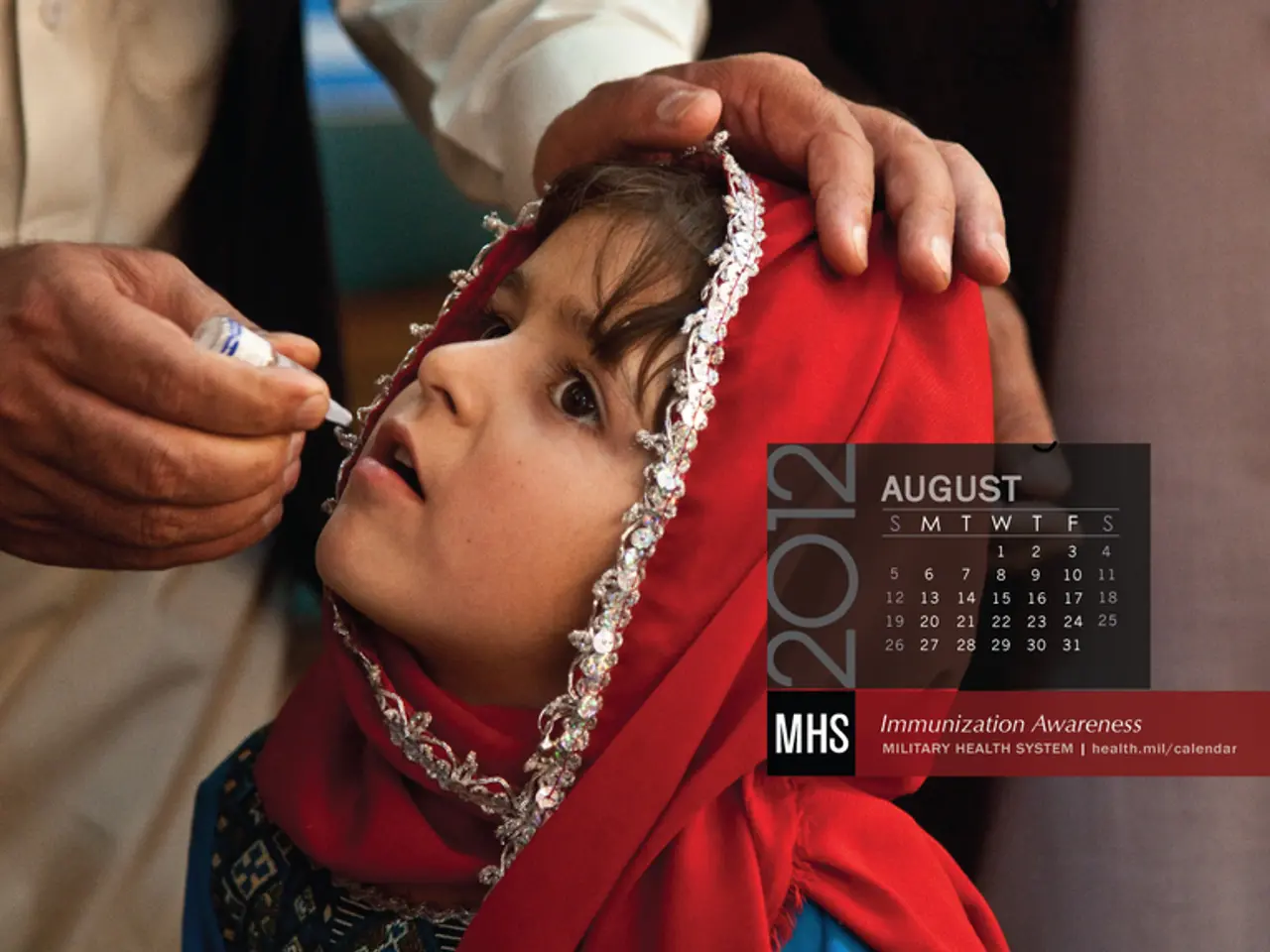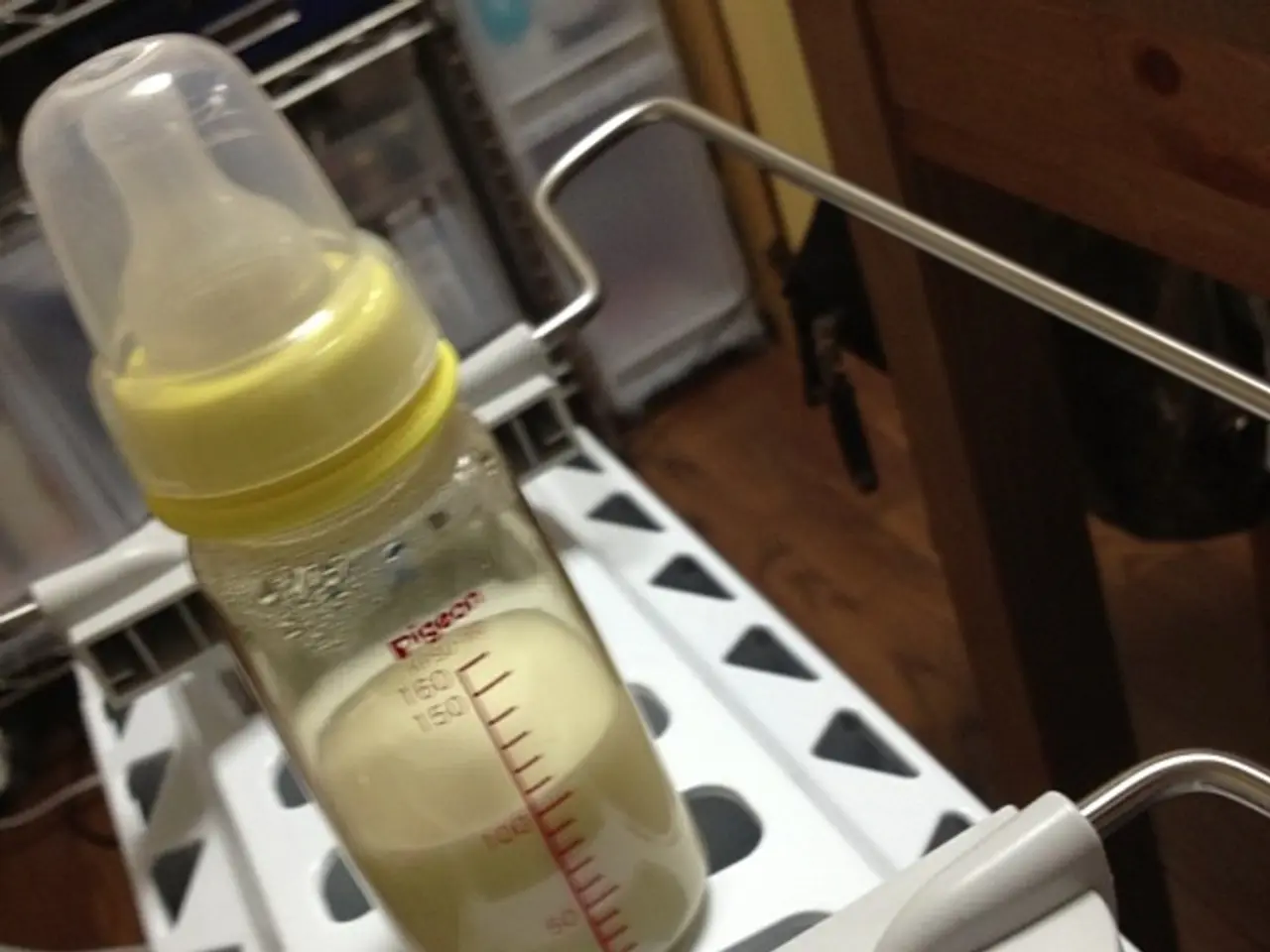Unvaccinated children account for millions, potentially exposed to preventable ailments due to immunization shortfalls
In Kenya, the landscape of vaccination rates varies significantly across counties, with some regions experiencing high coverage and others struggling to meet basic targets. This disparity can be attributed to a complex interplay of factors, including vaccine shortages, pandemic disruptions, entrenched inequalities, health system weaknesses, and vaccine hesitancy.
At the heart of the issue are vaccine shortages and supply chain failures, particularly in critical vaccines like BCG, polio, and rotavirus. These shortages stem from poor cold chain infrastructure, inadequate forecasting, delays in budget disbursement, and transportation issues. Border regions and refugee camps, such as Dadaab and Kakuma, are disproportionately affected, leading to many zero-dose children and heightened disease outbreak risks, as evidenced by confirmed polio in Garissa and measles in Turkana.
The COVID-19 pandemic has further exacerbated the situation by disrupting routine immunization services nationwide. Outreach programmes have been suspended, health facilities have been overwhelmed, and health workers have been diverted to COVID-19 response efforts. This has resulted in many children missing scheduled vaccinations and a spike in preventable disease cases such as rubella and measles in subsequent years.
Vaccine hesitancy, fuelled by mistrust in health institutions and the spread of misinformation, also plays a significant role in limiting vaccine uptake. Building trust is crucial for successful vaccination programs, especially in regions where vaccine hesitancy is on the rise.
Inequity affecting vulnerable populations, such as refugees, nomadic communities, and residents of arid and semi-arid counties, compounds the problem. These groups face barriers including poor access to health facilities, resource limitations, and social marginalization, which exacerbate disparities and undermine efforts to achieve universal coverage, leading to entrenched health inequalities and destabilization of communities.
Regional differences in health system capacity further complicate the situation. Variations in infrastructure and local governance affect the effectiveness of immunization programs, with some counties having better cold chain systems and outreach capacity, resulting in higher coverage, while others struggle with systemic operational challenges and inadequate health workforce deployment.
However, it's important to note that vaccines are a powerful tool in the fight against serious diseases such as measles, polio, tetanus, and pneumonia. They are available free of charge at public health centres across Kenya, and at least 95% vaccination coverage is needed to prevent the spread of diseases. Vaccines undergo years of rigorous testing before approval, and only those that meet international safety standards are authorised by regulatory bodies like the Pharmacy and Poisons Board.
Everyday life exposes children to many more germs than vaccines do, and following the national immunisation schedule ensures protection at the right time. Vaccines train a child's immune system to recognise and fight specific infections, and they are designed to protect children from serious diseases. Delays in vaccination leave children vulnerable during critical stages of growth.
Despite these challenges, progress has been made. In 2023, 14.5 million children received no routine vaccinations at all, down from a peak of 20.7 million in 2021. Coverage varies significantly across Kenyan counties, with Kiambu County reporting a high coverage rate of nearly 89%, while Kericho lags behind at just 61%. Approximately 80% of children aged 12 to 23 months are fully immunised.
Addressing these disparities requires a multi-faceted approach, including strengthening immunization logistics, restoring trust in health services, targeted outreach to vulnerable populations, and ensuring consistent vaccine availability nationwide. This will help prevent a reversal of gains made in child health and ensure that all Kenyan children are protected from preventable diseases.
- In addition to vaccine shortages and supply chain failures, factors such as business disruptions due to the COVID-19 pandemic and sports events requiring resources also contribute to the complex landscape of vaccination rates in Kenya.
- While mental-health initiatives stride forward in some parts of the country, uptake remains low in many regions due to health-and-wellness stigmas and lack of resources, exacerbating health inequalities and undermining efforts towards universal coverage.
- As science continues to advance, focusing on renewable energy sources and climate change solutions, the field of health could benefit from similar innovations to address challenges like vaccine distribution and accessibility, particularly in rural and underprivileged areas.




